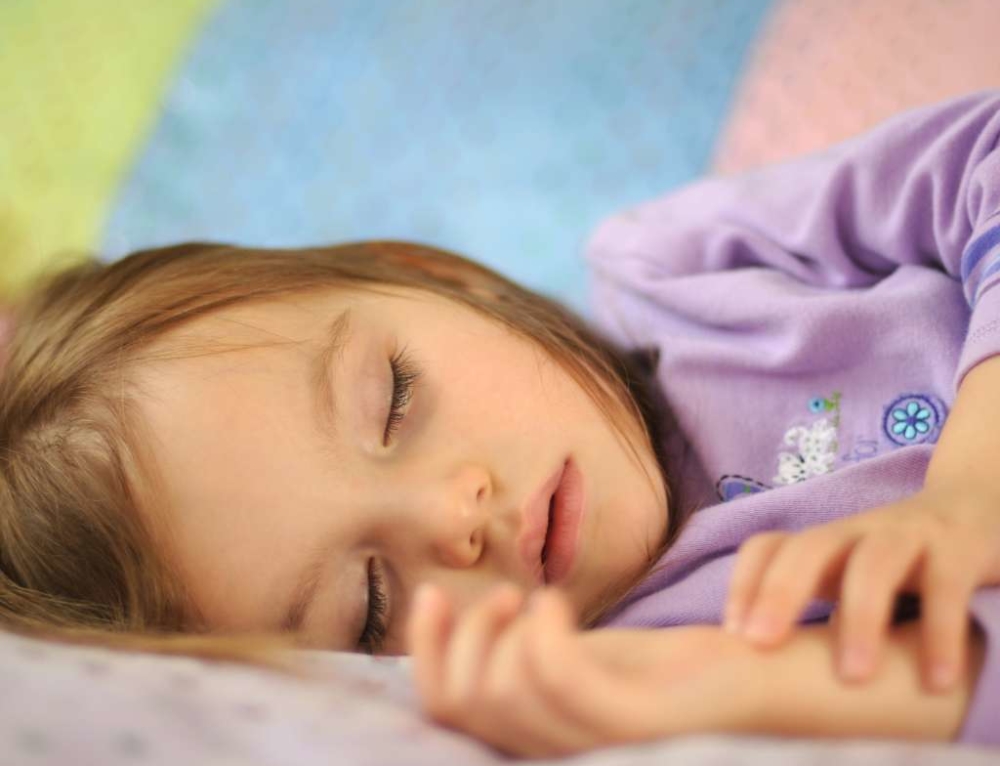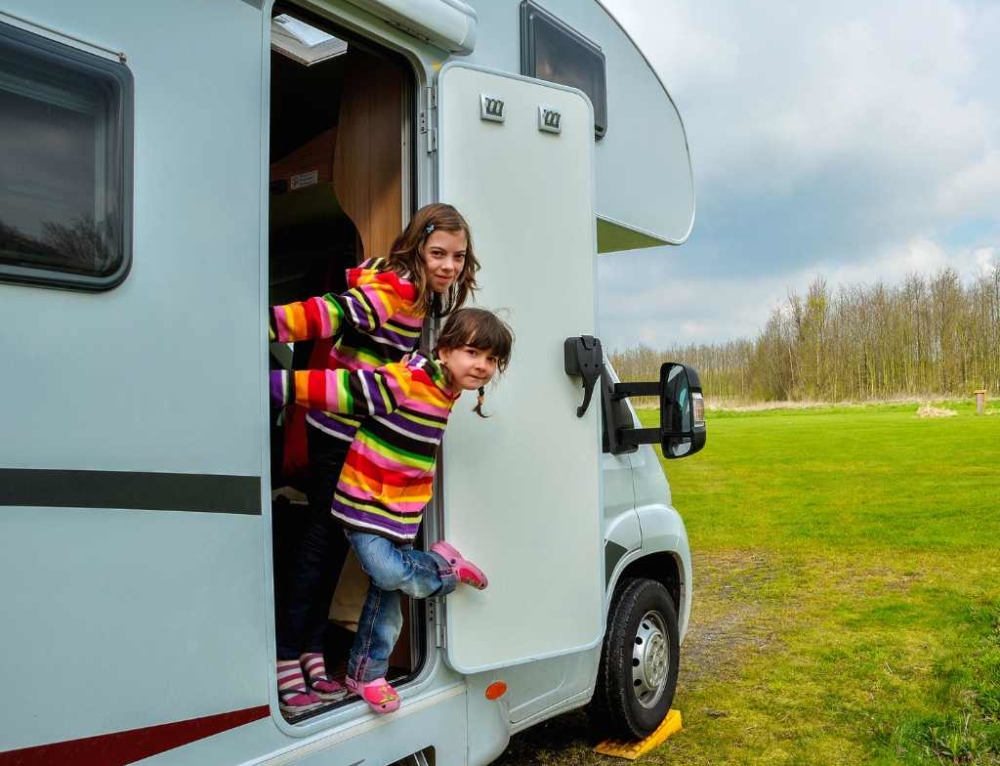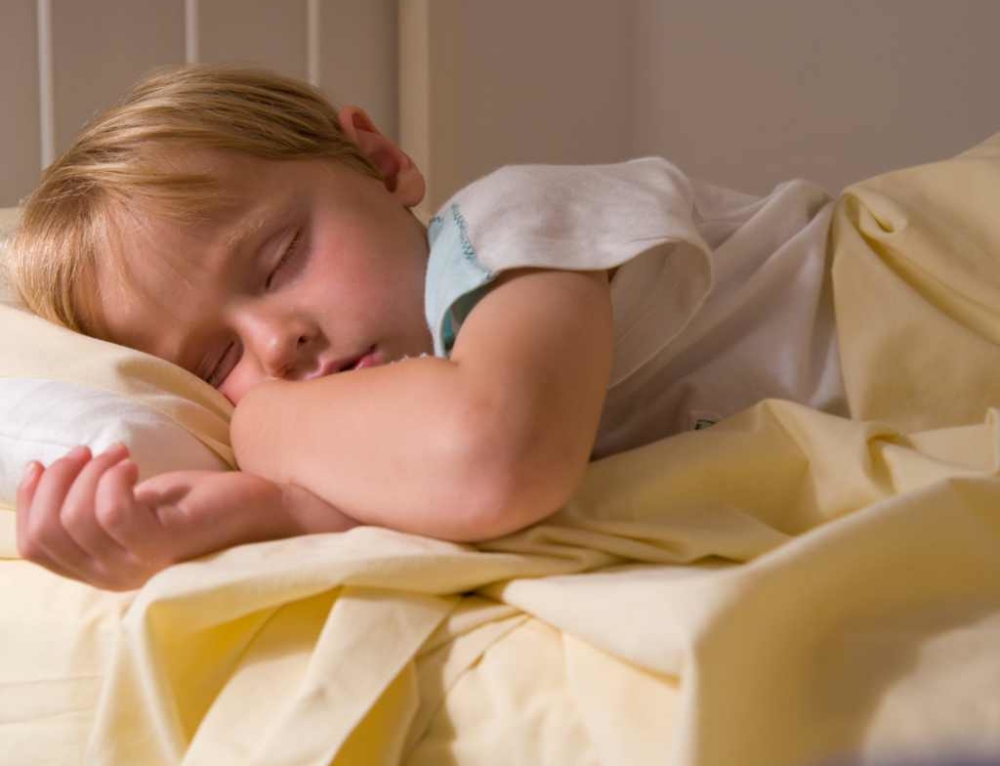Amoebic dysentery is one of the many types of gastroenteritis. Also called amoebiasis and intestinal amebiasis , this condition causes diarrhoea and is sometimes referred to as Traveller’s diarrhoea because so many people contract the condition when they are travelling through countries with poor sanitation. Amoebic dysentery is most commonly found in young adults (the backpackers of the world!) and rarely seen in children under 5 years old.
What causes amoebic dysentery?
Amoebic dysentery is caused by a parasite called Entamoeba histolytica . These tiny organisms invade human intestines when they, their larva, or their eggs are eaten. Usually, people get sick from amoebic dysentery less than a month after they have been infected, but it can take years for symptoms to appear. As infected people carry the parasites in their own bodies, the illness can be spread if they don’t wash their hands well after using the bathroom.
Is it serious?
The parasite associated with amoebic dysentery can have harmful effects on the body, particularly the liver, if left untreated. While some sufferers may initially have only mild symptoms, the diarrhoea generally experienced usually becomes acute, and as a result, complications due to dehydration can cause amoebic dysentery to become a serious condition. In very rare cases, the parasite can enter the blood stream and spread to the heart, lungs, liver, or brain.
Can I prevent it?
As amoebic dysentery is almost always contracted in developing countries or through contact with those from countries with poor sanitation, the best things you can do to prevent this condition are:
- Wash your hands thoroughly and for at least 10 seconds under running water after using the bathroom and before eating
- Cook your food thoroughly, particularly when cooking overseas
- Drink bottled water at all times, be careful to use bottled water or boiled water for teeth cleaning and making up baby formula
- Avoid fruits and vegetables that aren’t cooked or peeled
How do I know if my child has amoebic dysentery?
If you have travelled abroad recently, and your child has diarrhoea that won’t go away, she may have amoebic dysentery. Other symptoms can include:
- Fever
- Stomach cramp
- Gas
- Diarrhoea that is bloody and/or contains mucous
- Vomiting
How do I treat it?
The diarrhoea caused by amoebiasis will probably go away in a couple of weeks, but your child’s doctor might prescribe medication to kill the parasite. Sometimes these medications can be taken at home, and other times, if your child is vomiting a lot, she might need to be hospitalised for treatment. Whatever treatment your child receives, you’ll need to keep her home until her diarrhoea has stopped to prevent infecting others. Since the parasite is present in your child’s poo, make sure that you wash your hands after changing nappies or helping her use the bathroom. Use paracetamol for fever, but avoid using medications for diarrhoea unless your doctor specifically tells you to use them.
When should I call the doctor?
Amoebic dysentery can become extremely serious so consult your family doctor if your child has persist diarrhoea that can’t be controlled. If she experiences any blood or mucous in her stools, and is becoming quickly dehydrated, contact your doctor. While diarrhoea itself is not an illness, it can be a symptom of a serious condition.
What you need to know about amoebic dysentery
- Amoebiasis is a cause of traveller’s diarrhoea.
- Most of the time it’s not serious, but you should always see a doctor if the diarrhoea doesn’t go away on its own.
- Always consult your doctor if you’ve been travelling and get sick after you get back home.






Leave A Comment
You must be logged in to post a comment.